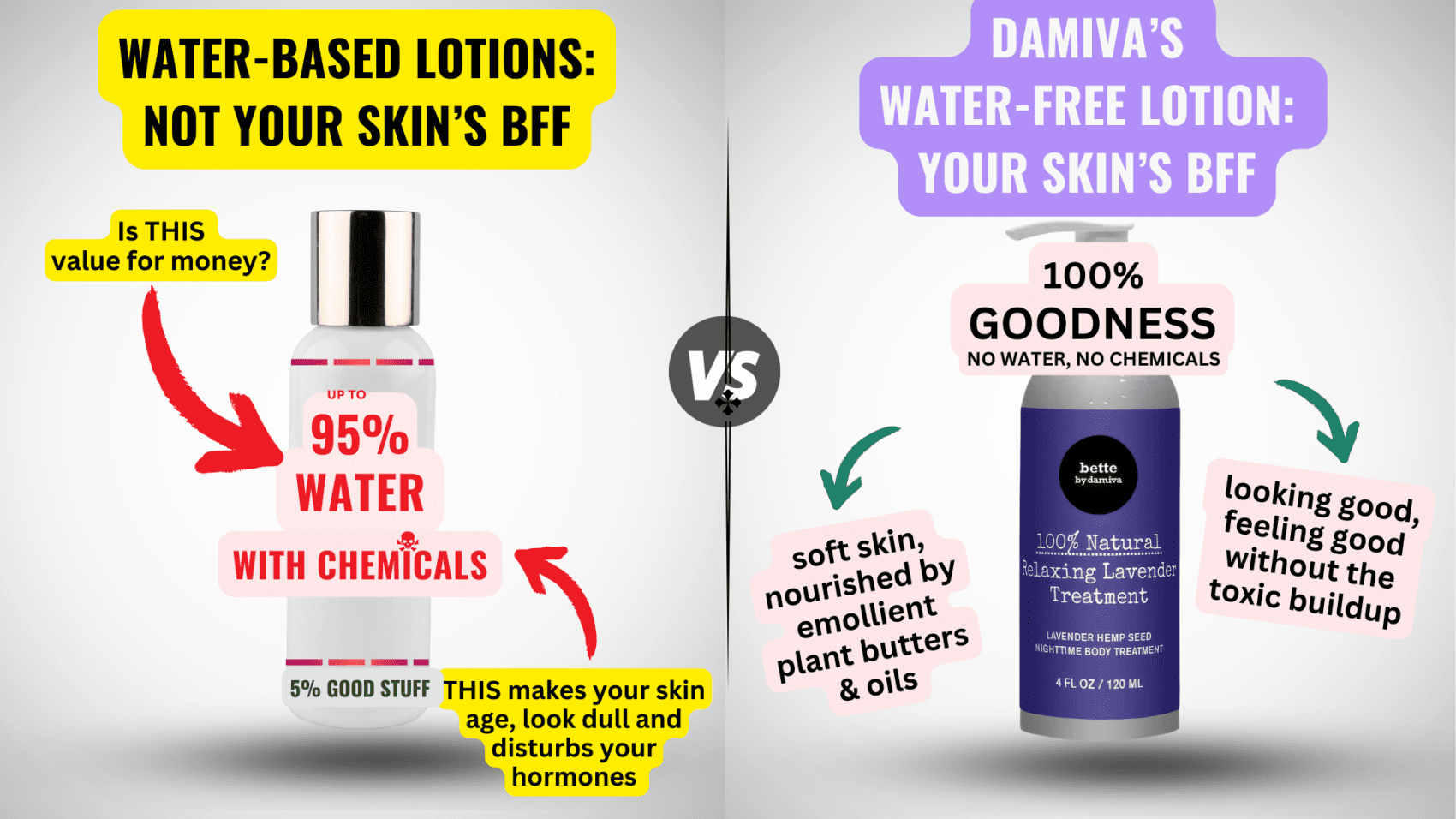The term “male menopause” has often been used to describe the age-related decline in testosterone levels among men. However, this term can be misleading as it suggests a direct equivalence to female menopause, which is not accurate. Unlike the abrupt hormonal changes that characterize menopause in women, the hormonal shifts in men occur gradually over time and are part of a condition known as late-onset hypogonadism or age-related low testosterone. This condition encompasses a spectrum of symptoms and is also referred to by various terms such as andropause, viropause, and testosterone deficiency syndrome.
Comparing Male and Female Hormonal Changes
Female menopause is a well-defined period marking the end of a woman’s reproductive years, characterized by a significant and rapid decrease in the hormones estrogen and progesterone. In contrast, men experience a more gradual decline in testosterone levels, starting around the age of 30 to 40, with an average decrease of about 1% per year. This decline does not equate to a cessation of reproductive capability but may lead to subtle physiological and psychological changes. The concept of male menopause is thus a misnomer, as it implies a sudden and dramatic hormonal drop-off similar to what occurs in women, which is not the case for the majority of men.
Prevalence and Age of Onset
The prevalence of low testosterone levels and associated symptoms increases with age. It is estimated that only 10% to 25% of older men have testosterone levels considered to be low. The onset of symptoms typically associated with male menopause, such as changes in sexual function, mood, and body composition, can vary widely among individuals. Some men may experience these changes as early as their 30s or 40s, while others may not notice symptoms until much later in life. It is important to note that not all men will experience these changes, and for those who do, the intensity and impact can differ significantly.
Physiology of Aging and Testosterone
Testosterone’s Role in the Male Body
Testosterone, the principal male sex hormone, plays a critical role in the development and maintenance of male reproductive tissues, including the testes and prostate. Beyond its reproductive functions, testosterone exerts significant influence on muscle mass, bone density, red blood cell production, and overall well-being. It also contributes to the regulation of mood, libido, and cognitive functions. Testosterone’s impact on such a wide array of physiological processes underscores its importance in male health.
Normal Ranges and Decline Patterns
Testosterone levels in men are typically measured in nanograms per deciliter (ng/dL), with normal ranges varying by age. For most adult males, normal testosterone levels range from 300 to 1,000 ng/dL. However, as men age, testosterone levels naturally decline, approximately by 1% per year after the age of 30 or 40. This decline is gradual and can vary significantly among individuals. While most older men still maintain testosterone levels within the normal range, a subset may experience levels considered low, potentially leading to symptoms associated with low testosterone.
Factors Influencing Testosterone Levels
Several factors can influence testosterone levels in men, both positively and negatively. These include lifestyle choices such as diet, exercise, and sleep patterns, as well as medical conditions like obesity, diabetes, and hormonal disorders. Medications, particularly those affecting hormone balance, can also impact testosterone levels. Genetic predispositions and environmental exposures may further contribute to individual variations in testosterone production and availability.
Understanding the complex interplay between aging, testosterone, and overall health is essential for recognizing and addressing the potential consequences of age-related hormonal changes in men.
Symptoms and Indicators of Low Testosterone
Sexual Health Symptoms
One of the most noticeable symptoms of low testosterone in men is a change in sexual function. This can manifest as a reduced desire for sex, fewer spontaneous erections—such as during sleep—and difficulties with erectile dysfunction. Infertility can also be a concern as testosterone plays a key role in sperm production. These sexual health symptoms can significantly impact a man’s quality of life and intimate relationships.
Physical and Psychological Symptoms
Beyond sexual health, low testosterone can lead to a variety of physical and psychological symptoms. Physically, men might experience a decrease in muscle bulk and strength, increased body fat, and even a reduction in bone density, which can lead to height loss and a higher risk of fractures. Hot flashes and sweats, similar to those experienced by women during menopause, can also occur.
Psychologically, low testosterone can be associated with a decline in motivation and confidence, a depressed mood, and difficulty concentrating. Men might also report feelings of fatigue, increased sleepiness, and disturbances in their sleep patterns. In some cases, mild unexplained anemia may be present, further contributing to the overall sense of tiredness and lack of energy.
Differentiating Symptoms from Other Conditions
It is important to note that these symptoms are not exclusive to low testosterone. They can also be caused by aging, medication use, or other health conditions, such as obesity (indicated by a body mass index of 30 or higher). Therefore, it is crucial to differentiate whether these symptoms are due to low testosterone or other underlying issues. This is typically done through a combination of clinical evaluation and blood tests to measure testosterone levels. If an initial test indicates low testosterone, it should be repeated to confirm the results. Further testing may be necessary to assess the function of the pituitary gland and rule out other hormone deficiencies.
Recognizing and accurately diagnosing low testosterone is essential for effective treatment. Men experiencing these symptoms should discuss their concerns with a healthcare provider to determine if testing is warranted and to explore potential treatment options.
Diagnosis and Testing for Low Testosterone
When to Consider Testing
As men age, it’s natural for testosterone levels to decline, but this decrease does not necessarily lead to symptoms requiring intervention. However, certain signs and symptoms may suggest the need for testing. These include:
- Reduced sexual desire and activity
- Decreased spontaneous erections or erectile dysfunction
- Breast discomfort or swelling
- Infertility
- Height loss, low trauma fracture, or low bone mineral density
- Hot flashes or sweats
- Decreased energy, motivation, and confidence
- Depressed mood and poor concentration
- Increased sleepiness, sleep disturbances, and mild unexplained anemia
- Reduced muscle bulk and strength, and increased body fat
Experts recommend testing for low testosterone only if these symptoms are present. If an initial test indicates low levels, a repeat test is necessary to confirm the results.
Blood Test Procedures and Accuracy
Testosterone levels are evaluated through a blood test, which is not routinely performed unless symptoms warrant it. The procedure involves drawing blood, typically in the morning when testosterone levels are highest. The accuracy of the test can be influenced by various factors, such as:
- Time of day the blood is drawn
- Recent food intake
- Overall health and presence of other conditions
It’s crucial to ensure that the laboratory conducting the test is accredited and follows standardized procedures for testosterone measurement.
Interpreting Test Results and Follow-up
Interpreting testosterone levels requires an understanding of what is considered a normal range, which can vary by individual and laboratory. Generally, a level below 300 nanograms per deciliter may be considered low. However, a single low reading is not enough for a diagnosis. If low testosterone is confirmed, further evaluation is recommended to determine the underlying cause. This may include:
- Additional blood tests to assess pituitary function
- Physical examination
- Review of medical history
Follow-up testing is essential to monitor testosterone levels and assess the effectiveness of any treatment initiated. It’s also important to rule out other conditions that could be causing the symptoms, as low testosterone is not always the culprit. A healthcare provider can guide the interpretation of test results and recommend appropriate follow-up actions.

Treatment Options and Considerations
Testosterone Replacement Therapy (TRT)
Testosterone Replacement Therapy (TRT) is a widely used treatment for men with clinically low testosterone levels, a condition often referred to as hypogonadism. TRT aims to restore testosterone levels to a normal range, thereby alleviating symptoms associated with low testosterone. The therapy can be administered through various methods, including injections, patches, gels, and pellets implanted under the skin.
Benefits and Risks of TRT
The potential benefits of TRT may include improved libido, increased muscle mass, enhanced mood, and better cognitive function. Some men also report a decrease in fat mass and improvements in bone density. However, the effectiveness of TRT can vary, and not all men will experience these benefits.
Conversely, TRT carries certain risks. It may stimulate the growth of existing prostate cancer cells and increase the risk of heart attack and stroke. Other side effects can include acne, sleep apnea, and a reduction in sperm production, which can affect fertility. Due to these risks, TRT is not recommended for men with untreated breast or prostate cancer, severe sleep apnea, uncontrolled heart failure, or those who have recently experienced a heart attack or stroke.
Alternative Treatments and Lifestyle Changes
For men who prefer not to undergo TRT or who are not candidates for it, there are alternative treatments and lifestyle changes that may help manage symptoms of low testosterone. These include:
- Engaging in regular physical activity, particularly resistance and high-intensity interval training.
- Adopting a balanced diet rich in nutrients that support hormone production.
- Ensuring adequate sleep and managing stress, which can both impact testosterone levels.
- Addressing underlying health issues such as obesity, diabetes, and metabolic syndrome.
Supplements such as vitamin D or zinc may also be recommended, but it’s important to consult with a healthcare provider before starting any supplementation.
Guidelines and Expert Recommendations
Medical organizations provide guidelines to help clinicians determine when to offer TRT. The American College of Physicians suggests considering TRT for men with sexual dysfunction who wish to improve sexual function, after discussing the potential risks and benefits. The Endocrine Society recommends TRT for men with symptoms of low testosterone and confirmed low levels of the hormone. It is crucial that any decision to start TRT is made in consultation with a healthcare provider, who can help weigh the pros and cons of treatment based on individual health profiles and preferences.
Before starting TRT, a thorough evaluation is necessary to confirm low testosterone levels and to rule out other conditions that could be causing the symptoms. Follow-up testing is also important to monitor the therapy’s effectiveness and to adjust dosages as needed.
In conclusion, while TRT can be an effective treatment for some men with low testosterone, it is not without risks. Alternative treatments and lifestyle modifications may also provide relief from symptoms. It is essential for men to have an open dialogue with their healthcare providers to determine the most appropriate treatment plan for their specific situation.

THEN IT CONTAINS TOXIC CHEMICALS. WHY RISK IT GETTING SICK? GO CHEMICAL FREE.
Potential Risks and Contraindications of Treatment
Cardiovascular Risks
Testosterone Replacement Therapy (TRT) has been associated with certain cardiovascular risks. While some studies suggest a potential link between TRT and an increased risk of heart attack and stroke, the evidence is not conclusive. The concern is that testosterone might stimulate the growth of existing prostate or breast cancer, contribute to the formation of blood clots in the veins, and potentially exacerbate conditions such as congestive heart failure. Men with a history of cardiovascular disease or those who have recently experienced a heart attack or stroke are often advised against starting TRT. It is essential for healthcare providers to assess the cardiovascular health of patients before initiating treatment and to monitor them closely during therapy.
Cancer Risks
One of the most significant concerns with TRT is the potential stimulation of growth in hormone-sensitive cancers, particularly prostate and breast cancer. Although the relationship between testosterone levels and prostate cancer is complex and not fully understood, there is a consensus that TRT should not be used in men with known or suspected prostate or breast cancer. Before starting TRT, patients should undergo a thorough screening for these cancers, including prostate-specific antigen (PSA) testing and digital rectal exams for prostate cancer.
Other Health Considerations
Beyond cardiovascular and cancer risks, there are several other health considerations to take into account when evaluating TRT. These include:
- Polycythemia: TRT can lead to an increase in red blood cell mass, known as polycythemia, which can increase the risk of thrombosis.
- Sleep Apnea: There is some evidence to suggest that TRT may exacerbate pre-existing obstructive sleep apnea, although the data is not definitive.
- Liver Function: Certain forms of testosterone administration, particularly oral formulations, can have adverse effects on liver function. Regular monitoring of liver enzyme levels is recommended.
- Infertility: Because TRT can suppress sperm production, it is not recommended for men who are trying to father a child.
- Benign Prostatic Hyperplasia (BPH): Testosterone can increase the size of the prostate and may worsen symptoms in men with BPH.
It is crucial for patients to discuss their full medical history with their healthcare provider, including any existing health conditions that may be contraindications for TRT. Ongoing monitoring and follow-up are necessary to ensure the safe use of testosterone therapy and to manage any adverse effects that may arise.
Conclusion and Personal Health Management
Discussing Concerns with Healthcare Providers
Engaging in open dialogue with healthcare providers is crucial for men experiencing symptoms that may be related to low testosterone or ‘male menopause.’ It is important to provide a comprehensive medical history and to discuss any symptoms, concerns, and expectations. Healthcare providers can offer guidance, support, and appropriate referrals to specialists such as endocrinologists or urologists if necessary. Men should feel empowered to ask questions about potential diagnostic tests, treatment options, and the implications of any interventions on their overall health and lifestyle.
Weighing Treatment Pros and Cons
When considering treatment for low testosterone, it is essential to weigh the benefits against the risks. Testosterone Replacement Therapy (TRT) may improve symptoms such as low libido, fatigue, and mood swings, but it also carries potential risks, including cardiovascular events and prostate health issues. Alternative treatments and lifestyle changes, such as exercise and diet modifications, may offer benefits with fewer risks. Each individual’s health status, age, and personal preferences should play a significant role in determining the most appropriate course of action.
Future Research and Developments
The concept of male menopause and its treatment is an evolving field with ongoing research. Future studies are expected to provide deeper insights into the physiological changes that occur in men as they age, the role of testosterone, and the effectiveness and safety of various treatment modalities. Advancements in personalized medicine may lead to more tailored approaches to managing symptoms associated with low testosterone. Men are encouraged to stay informed about new developments and to participate in clinical trials if appropriate.
In conclusion, managing health concerns related to ‘male menopause’ requires a proactive approach, including open communication with healthcare providers, careful consideration of treatment options, and staying informed about new research. By taking an active role in their health management, men can make informed decisions that align with their health goals and quality of life.



















